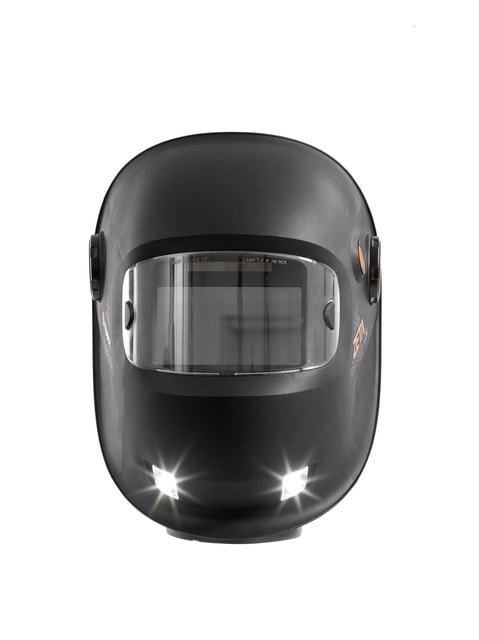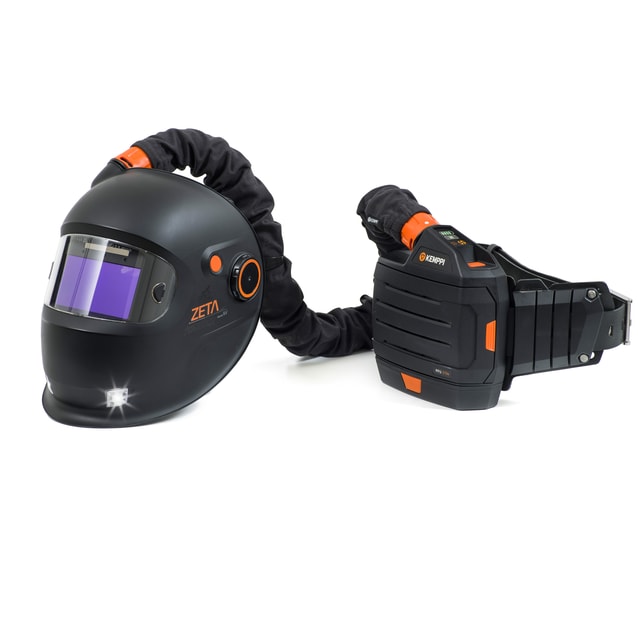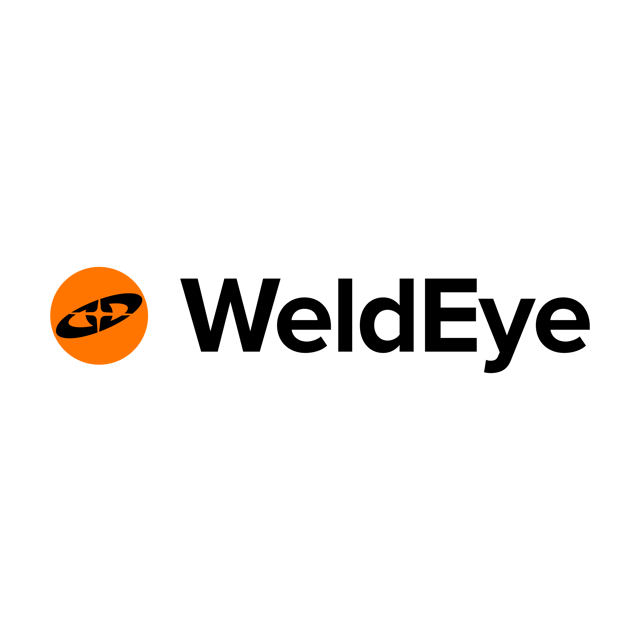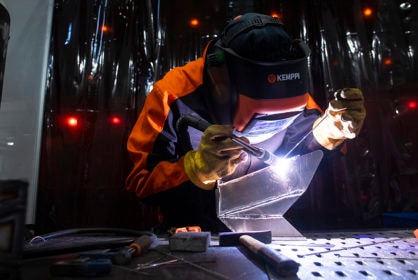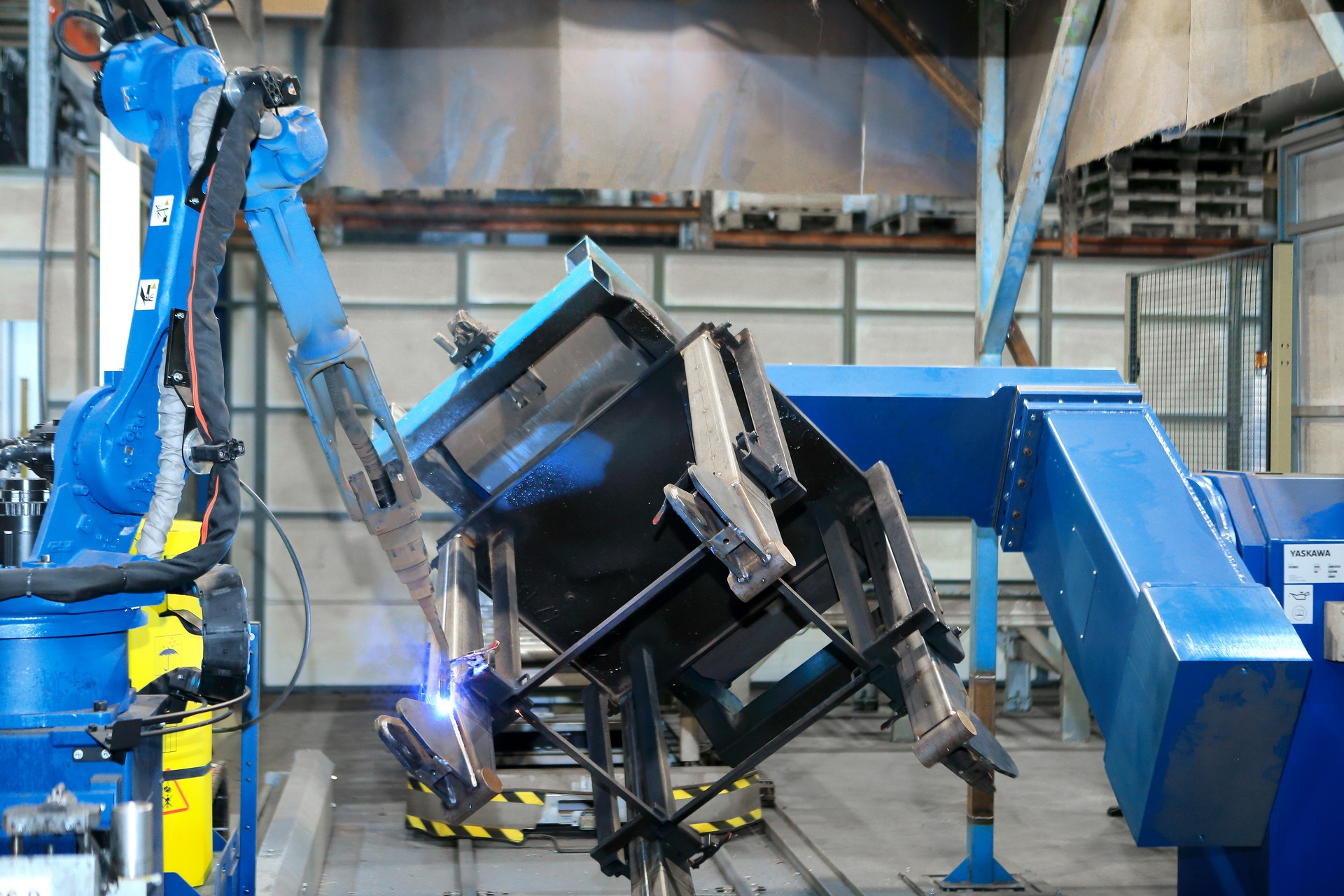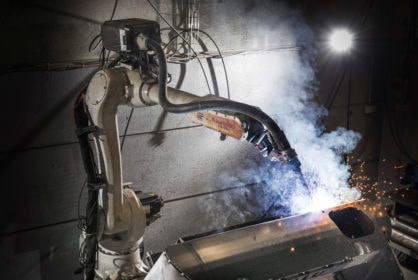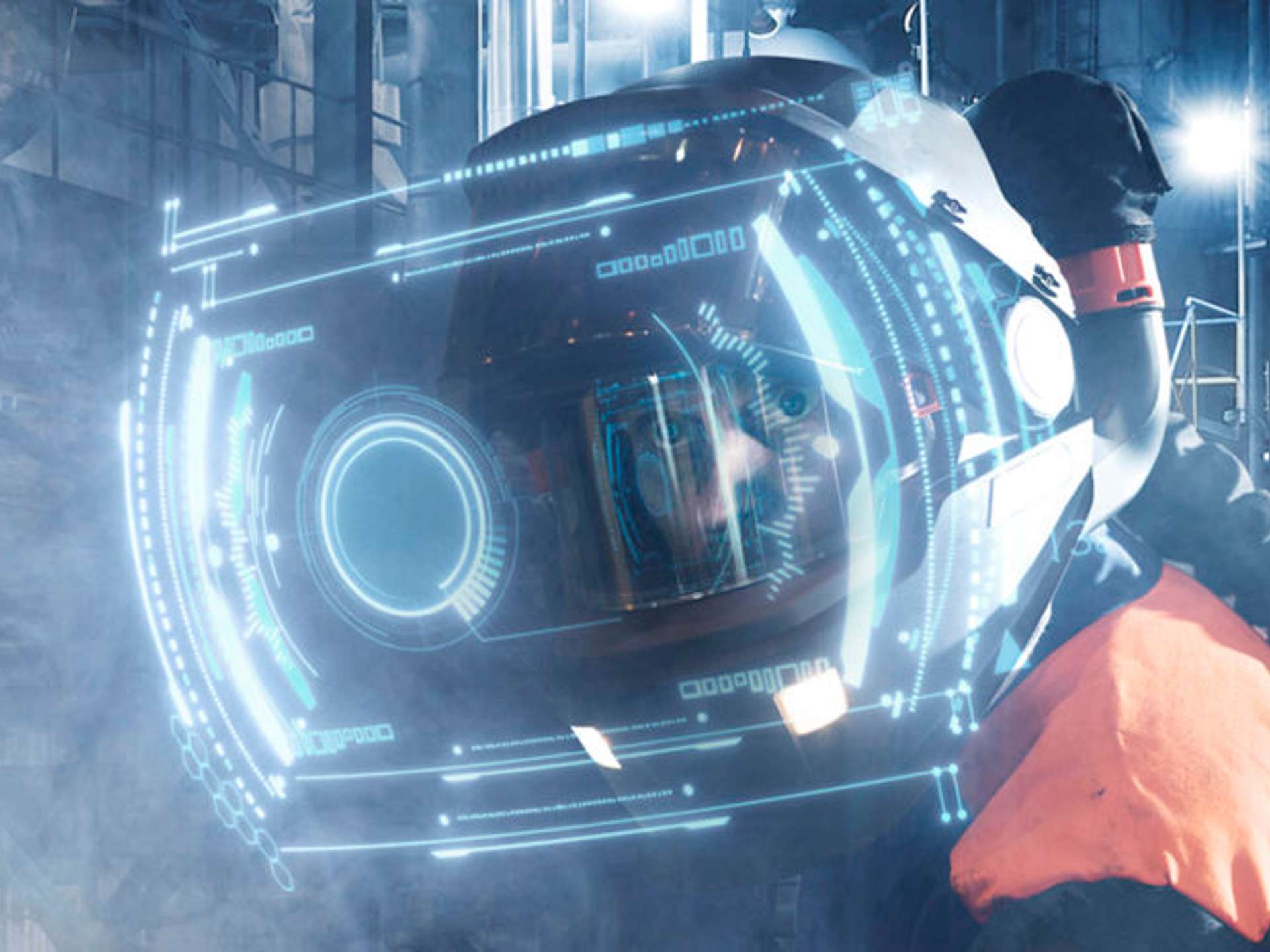
Safety
Welding Trends: Predictions for 2021
January 26, 2021
Whenever the year changes, reviews of the past and forecasts for the future flood in from every channel imaginable. Let’s make no exception to the rule and have a look at the welding trends in 2021, which will (most probably) drive the industry – and businesses in general.
Mia Heiskanen
The year 2020 was unusual in every way. The COVID-19 pandemic took over the entire world, its businesses, economy, our daily life, and work routines – but by doing so, it taught us a valuable lesson on how everything can be turned upside down in an instant. From a business perspective, it also proved that if there was a year to push even the most stagnant industry forward to digitalization, this was it. So, despite “Annus Horribilis”, there are reasons to be optimistic regarding the outlook on the welding industry and businesses in general.
Robotic welding – a pathway to manufacturing resilience?
The trend predictions released a year ago reveal that the focus was on digital business. The COVID-19 pandemic has only accelerated it. This is good news for the welding industry, especially from the perspective of the manufacturing industry. A recent survey among the Senior Leaders indicated significant or modest growth in revenue during the pandemic. This means that the global demand for products is surging and the complex manufacturing industry will be looking more vigorously for new technologies to optimize their factory operations.
For the welding industry, this may also mean a growing demand for robotic welding because the manufacturing industry has realized the need to embrace Industry 4.0 technologies to achieve more resilience. This perspective is confirmed in the Gartner Technology Trends report, which states that the advanced technologies – sensors, machine learning, computer vision, robotics, cloud computing, and 5G network infrastructure – have increased supply chain resilience and efficiency for the manufacturers who adopt it.
Technological (r)evolution is already here
This brings us smoothly to the next topic: the technological (r)evolution. According to Atos, the emergence of IoT – the network of people, processes, data, and things – will significantly increase the number of connected devices worldwide from billions of units to the tens of billions that will be deployed in the coming years.
The International Sheet Metal Review stated in their November 2020 issue that in the age of Industry 4.0, the focus is on flexible manufacturing, integrated machines, and systems and that 40 % of the world’s industrial companies have taken up the challenge of digital transformation. AI, automation, robotics, and AR are just some of the technologies, but the key resides with the software used to control data and quality in the manufacturing processes.
This evolution is already visible in the welding industry, as harnessing the welding data is becoming the new normal for many. The reason for this lies in the more stringent standards, which force the end-customers to demand better quality and reporting and require the manufacturers to provide accurate documentation e.g. on how the products are being manufactured.
When the welding data is collected and stored in digital format, the transparency of welding is improved, making quality control easier and information flow in welding processes smoother. If the software is based on a cloud service, the opportunities for monitoring welding quality remotely even from your own couch will improve.
More focus on welding safety…
Today, investments in welding safety are more important than ever. Rising concerns over the welders’ occupational safety and risks of being exposed to harmful welding fumes have initiated legislative actions to better protect the health and safety of workers in the workplace. The adherence to strict exposure limits is emphasized as, for example, EU member states have enforced their legislation based on Directive (EU) 2017/2398 amending Directive (2004/37/EC). It has also led to manufacturers developing products that reduce health risks, help prevent occupational diseases and injuries, and provide the best possible ergonomics without sacrificing efficiency.
The type and level of protection depend on the task and length of exposure to welding fumes. For example, lightweight helmets might be enough for occasional use, whereas prolonged exposure to airborne welding fumes and grinding particles require the very best respiratory protection.
The risks for developing occupational lung diseases in welding can be reduced by several means: respiratory protective equipment (RPE), localized exhaust ventilation (LEV), or by removing the fumes directly from the source with welding torches equipped with integrated fume extraction. That provides not only the welder but all workers in the same space with better worksite safety.
Despite the challenging past year, it is clear that new technology is creating new work. With production moving closer to the consumer, we will see manufacturers take on the initiative in creating better workplaces with modern equipment. Let’s hope the increasing investments on top-notch safety and tools will attract more new welders to the business!
…and on sustainability
Sustainability is increasingly on everyone’s agenda. A general trend is that the end products are designed to last longer with replaceable spare parts which are in some cases welded into place.
Another interesting development is that the automotive and transportation industries are increasingly using and welding high-strength steel to manufacture lighter structures with lower fuel consumption. The challenge is that when the industry goes in the above direction in terms of raw materials, it places higher demands on welding. As we all know, special steels require more attention to heat input (more limited and precise) and pre-heating of the welded parts.
The European Commission’s latest green step forward is the regulation regarding eco-design requirements. According to the new law taking effect as of March 2021, manufacturers within EU will be obligated to have spare parts available for 10 years for new products launched from March 2021 onwards.
As a general takeaway, the key question for 2021 is: in what state is business in general and how fast will the global economic activity start to recover? That remains to be seen.

Mia Heiskanen
Mia Heiskanen
CEO & Content Producer at Commia Oy. Long history of working with B2B content as an entrepreneur, author, content producer, journalist, editor-in-chief, and translator. Passionate about value-adding content that gives new perspectives for the reader, excited about exploring the fascinating world of welding with interesting angles to dive into.
